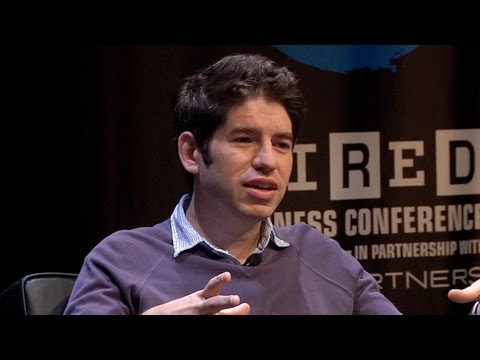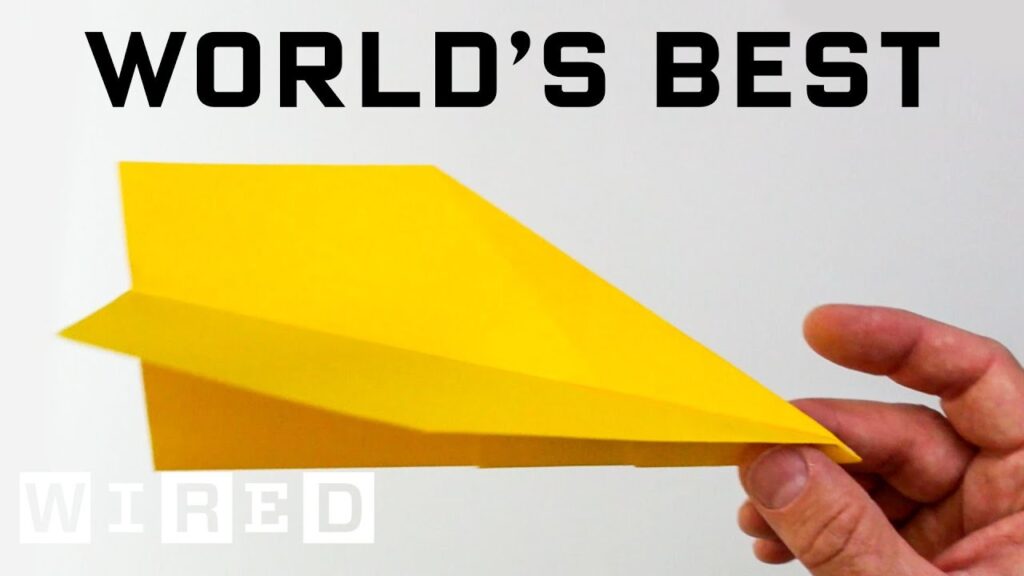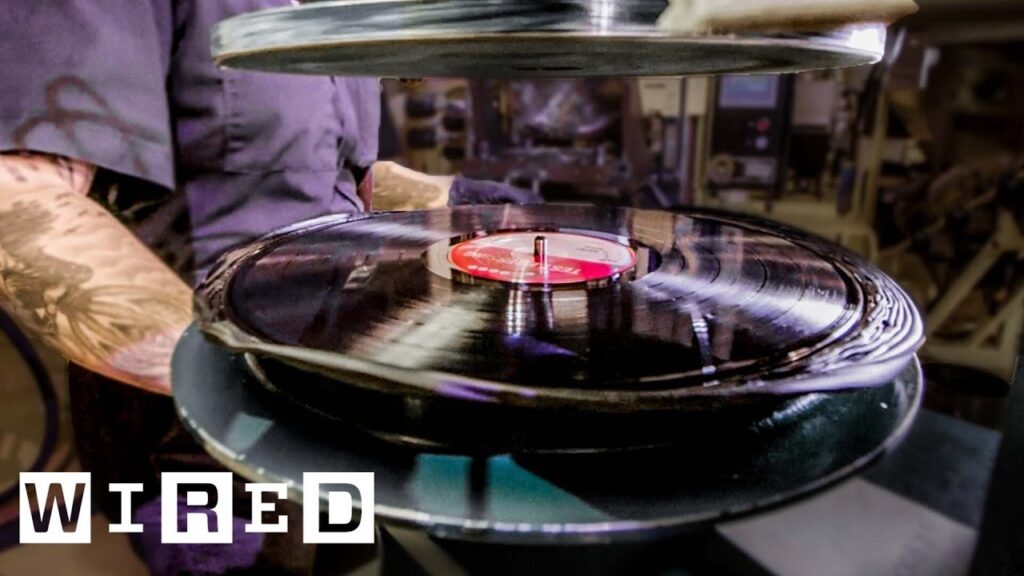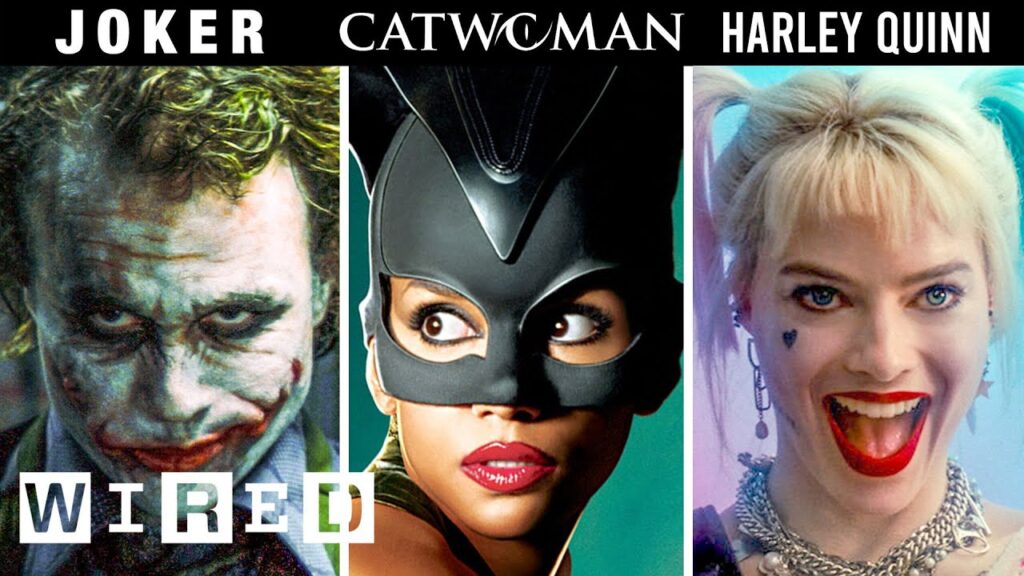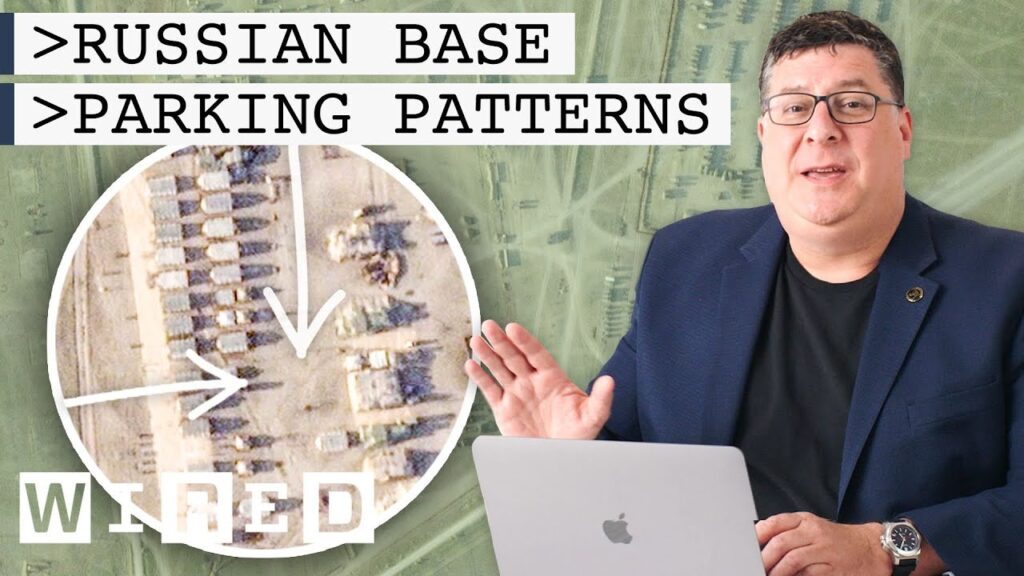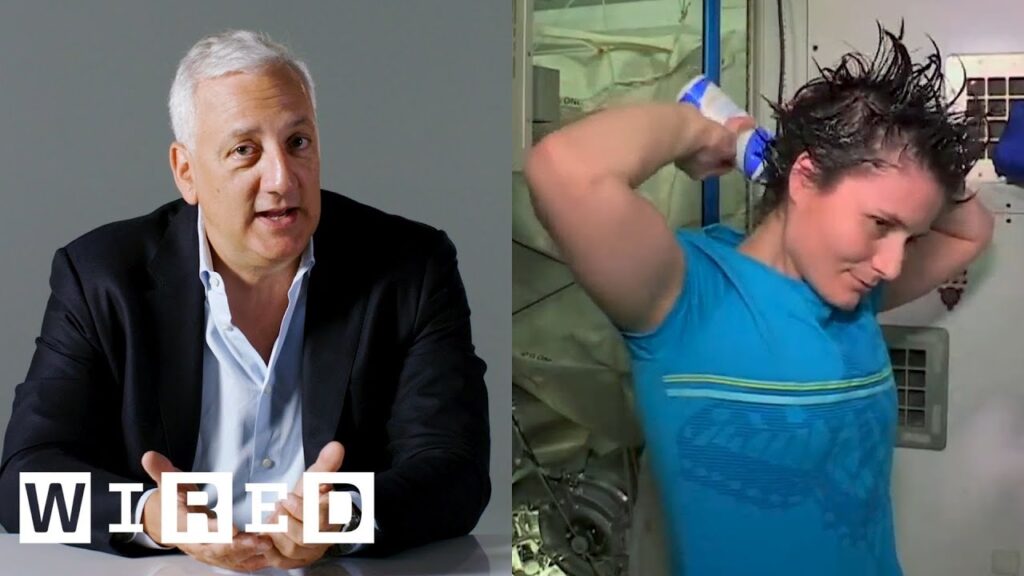The Future of Gesture Control Technology: Exploring 3D Modeling and Near Mode Interaction
Summary
As 3D gesture control technology becomes increasingly popular, this article explores the different forms of this technology and where it is headed in the future. With examples of 3D modeling software and near mode interaction prototypes, we delve into how gesture control technology could potentially replace mouse and keyboard controls for desktop and notebook computers.
Table of Contents
- Overview of 3D Gesture Control Technology
- Samsung’s Transparent LC
- Leonard: A New Kind of 3D Modeling Software
- SoftKinetic’s Near Mode Interaction Prototype
- The Future of Gesture Control Technology
- Conclusion
Overview of 3D Gesture Control Technology
Q: What is 3D gesture control technology?
A: 3D gesture control technology allows users to interact with devices, such as smartphones and televisions, using hand gestures rather than traditional input devices like a mouse or keyboard.
Q: Where have we seen this technology before?
A: The most well-known example of 3D gesture control technology is Microsoft’s Kinect, which allows users to control their Xbox game console with physical movements.
Samsung’s Transparent LC
Q: What is Samsung’s Transparent LC?
A: Samsung’s Transparent LC is a transparent display that reacts to your touch. The display is 46 inches, has a resolution of 1366 by 768, and is about 9 millimeters thick and weighs 10 pounds.
Q: How is the display controlled?
A: You control the display via HDMI and US.
Q: What are some potential uses for this technology?
A: The display could be used as a desktop display, as a window display, or in a boardroom to display information.
Leonard: A New Kind of 3D Modeling Software
Q: What is Leonard?
A: Leonard is a new kind of 3D modeling software that lowers the learning curve for users.
Q: How does Leonard work?
A: Users carve their 3D model in the air using a stylus called a bir while wearing 3D glasses. Sensors on the computer screen perform eye tracking.
Q: Who is currently using Leonard?
A: Leonard is being used by some universities and medical facilities.
SoftKinetic’s Near Mode Interaction Prototype
Q: What is SoftKinetic’s Near Mode Interaction Prototype?
A: SoftKinetic’s Near Mode Interaction Prototype brings Kinect-like gesture controls to laptops.
Q: How does SoftKinetic’s technology differ from Kinect?
A: SoftKinetic’s DepthSense technology can detect objects as close as 15 centimeters, while Kinect can only detect objects as close as 50 centimeters. Additionally, SoftKinetic’s technology can detect more detail, such as individual fingers.
Q: How will Near Mode Interaction technology be integrated into laptops in the future?
A: In the coming year, Near Mode Interaction technology will be a clip-on for laptops, but the year after that, it will be built into laptops.
The Future of Gesture Control Technology
As 3D gesture control technology continues to develop, it could potentially replace traditional input devices like the mouse and keyboard. The possibilities for use are endless and could extend to smart homes and even self-driving cars.
Conclusion
As we have seen, 3D gesture control technology is already making major strides in the tech industry. With Samsung’s Transparent LC, Leonard, and SoftKinetic’s Near Mode Interaction Prototype, we have seen just a few examples of how this technology is being used currently and where it could potentially go in the future. The possibilities are endless, and it will be exciting to see how this technology continues to develop and evolve.
